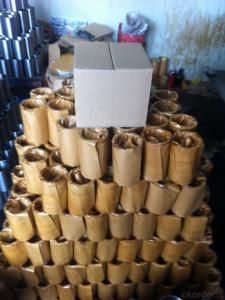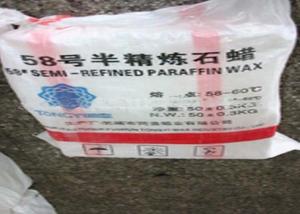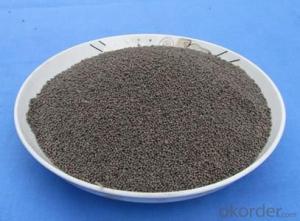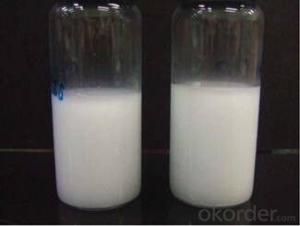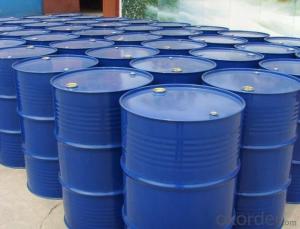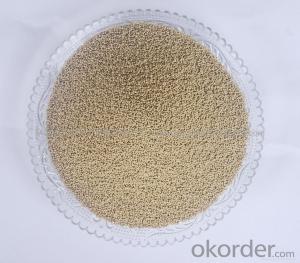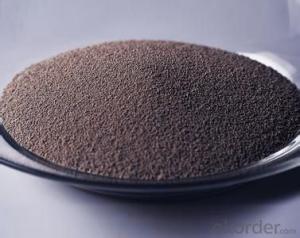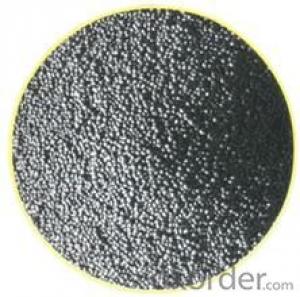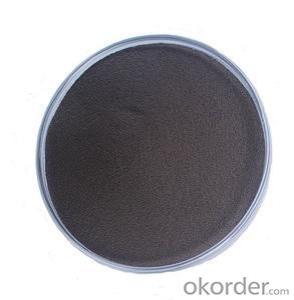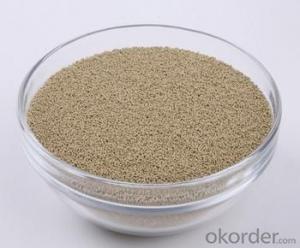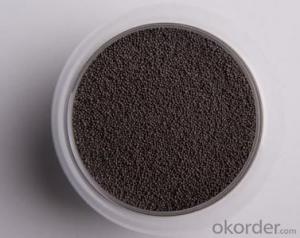12Mm Supalux
12Mm Supalux Related Searches
Virony 2050 1200 50Mm12Mm Supalux Supplier & Manufacturer from China
12Mm Supalux is a range of high-quality products that includes various items such as PVC pipes, fittings, and other related accessories. These products are designed to cater to the needs of various industries and applications, making them a popular choice among professionals and DIY enthusiasts alike. The 12Mm Supalux products are known for their durability, reliability, and ease of installation, which makes them ideal for a wide range of usage scenarios. From plumbing and irrigation systems to construction and industrial projects, these products offer a versatile solution for various applications.The 12Mm Supalux products are widely used in various sectors due to their exceptional performance and cost-effectiveness. They are commonly employed in residential and commercial buildings for plumbing, heating, and ventilation systems. Additionally, they are utilized in agricultural and gardening applications for efficient water distribution and irrigation. The 12Mm Supalux products are also popular in the construction industry for their ability to withstand harsh weather conditions and provide long-lasting performance.
Okorder.com is a leading wholesale supplier of 12Mm Supalux products, offering a vast inventory of these items at competitive prices. As a reputable online platform, Okorder.com ensures that customers have access to a comprehensive selection of 12Mm Supalux products, making it easier for them to find the exact items they need for their specific projects. With a commitment to customer satisfaction and a focus on providing top-quality products, Okorder.com has become a go-to source for 12Mm Supalux items for both businesses and individuals alike.

